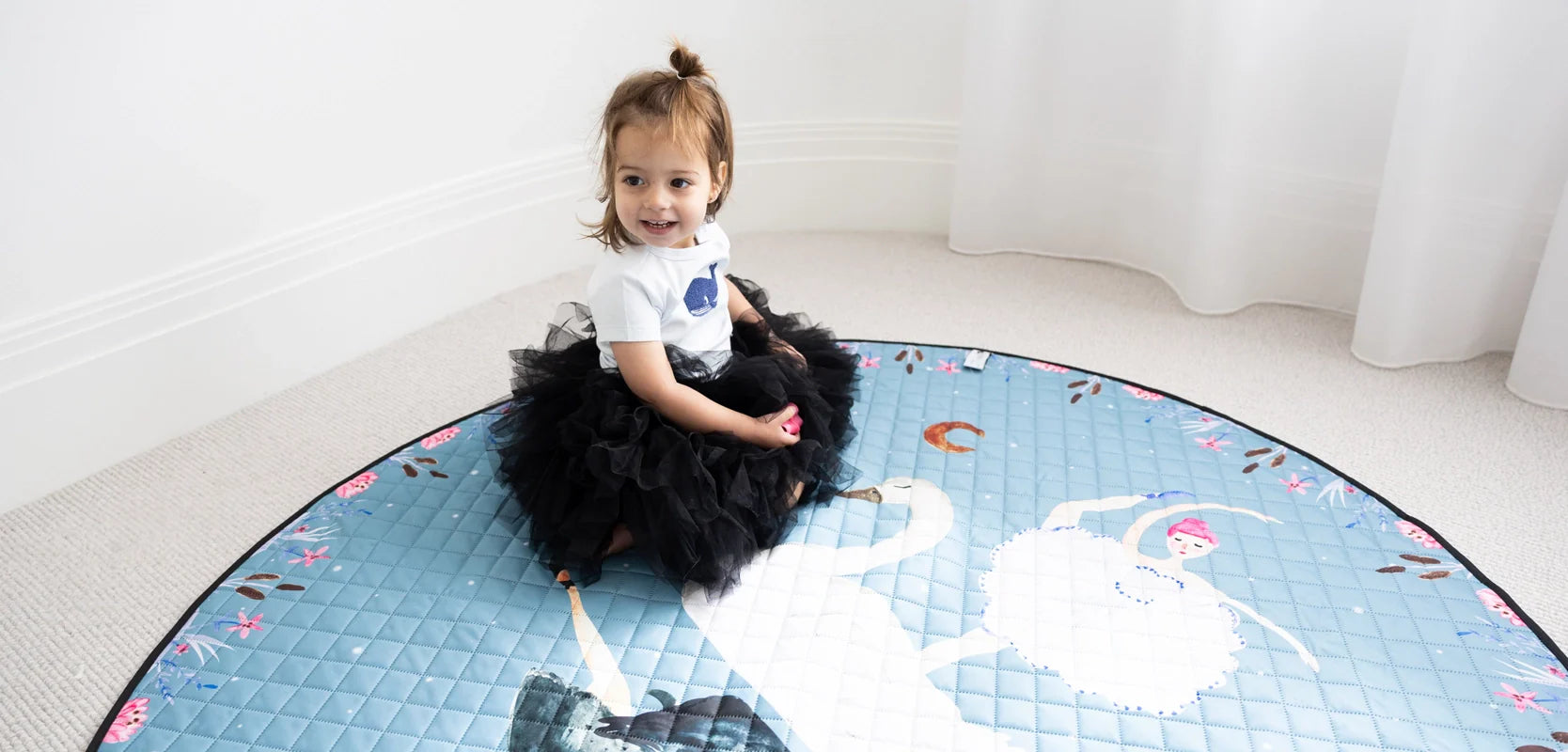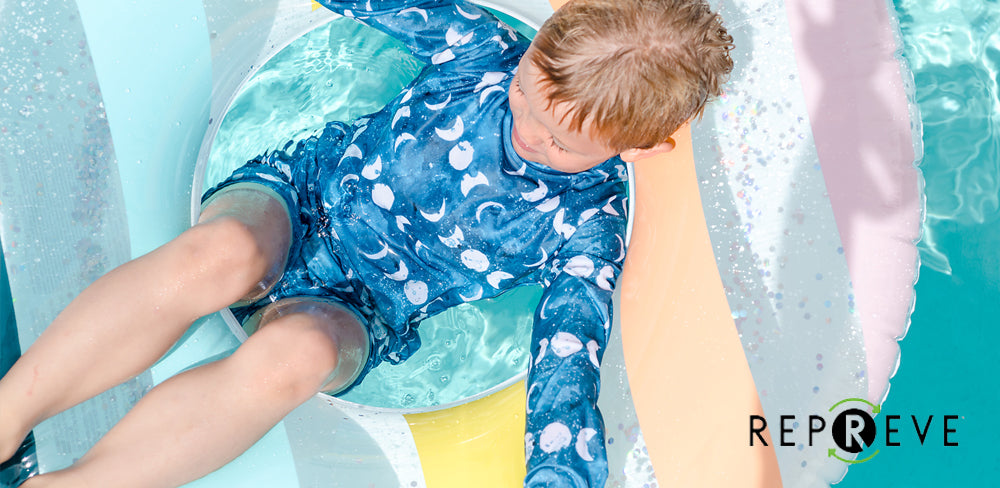A Beginners Guide to Reusable Cloth Nappies

You may be an expectant parent looking into cloth nappies for the first time, a new parent looking to reduce costs, or a caregiver moving to reusables due to allergies to disposable nappies. No matter who you are, when you share this with others, you have probably been told that you will spend all your time in the laundry washing and that cloth nappies are hard work. Many people are surprised to learn that this is not the case.
Read on to discover how cloth nappies can save you money, save the environment, and why you WON’T be stuck in the laundry stirring buckets of bleach.

How to use cloth nappies
Cloth Nappies work just like disposables. They are designed to absorb wee and catch poo. You might be surprised to learn that nappy ‘blowouts’ happen less with cloth than they do with disposables. This is because a well fitted cloth nappy is firm against your little one and sealed around the legs and bottom with elastic to prevent anything escaping.
The acronyms associated with nappies can be confusing and are used to highlight the features of each type of nappy. Cloth nappies typically have a water resistant shell and absorbent insert/s but can come in a few different conformations so we have popped a few below to help you find your way through the jargon you might come across.
Here are some of the main acronyms that you may come across:
All-in-one nappies (AIO) are where the insert/s are permanently attached to the cover. These can sometimes seem less complicated than trying to assemble separate components. A downside of this style of nappy is that if a part of the nappy degrades you cannot replace it as easily. You are also limited in your ability to sanitise the nappy if needed. The opposite of an AIO is an All-in-two (AI2) where the shell and inserts are not permanently attached (they may be attached by snaps or simply lay inside the shell.
Pocket nappies are nappies where the shell has a pocket that you can stuff the inserts into. This can help some users to get a better nappy fit and can seem less confusing when you are sending cloth nappies to people who may not be used to dealing with cloth. You don't have to use the pocket though and can lay your inserts inside. Many families also like to do a bit of both, with some inserts inside the pocket, and some sitting in the shell.
One Size Fits Most (OSFM) nappies are nappies which are adjustable to fit ‘most’ children from around birth to toilet training. Nappies with 1 row of snaps allow the wings to pivot so will fit low in the front and high in the back like undies as your child grows. Because they sit lower in the front they do not need to be as long and can be a trimmer nappy overall. Nappies with 2 waist snaps cannot pivot at the hip so will be a longer, which can be bulkier when folded down for newborns.
Sized Nappies are nappies that come in different sizes depending on your child's shape and size. Sizes can range from extra small, small, medium, and large, to variants like ‘newborn’ and ‘large’. Sized nappies can be handy when your child falls outside of a ‘one size fits all’ style. Premature babies and late toilet trainers are examples of where these types of nappies would be ideal. The downside of using sized nappies for your whole cloth journey is that you will need to continue purchasing a new size of nappy as your child grows. If you are planning on passing on your stash, or having multiple children use them then this can still be a cost effective option.
‘Fitted’ nappies are nappies where the whole thing is absorbent and they require a water resistant cover over the top. This style of nappy can be popular for children who have a large output and for overnight use as they can absorb large amounts of urine.
Designer Bums Nappies are an OSFM All-in-Two (AI2) pocket nappy where stuffing the inserts inside the pocket is optional. Our Large nappies are an AI2 pocket nappy, and our Newborn nappies are an AI2 snap in nappy.
How many cloth nappies do I need?
How many reusable nappies you need will depend on whether you want to use cloth full time or part time and how you are going to wash them. What your nappies are made from will also impact how many you need as this will determine how often you need to change your nappies.
Generally for full time use we recommend anywhere from 24 through to 40 reusable nappies. We would usually recommend 6-8 nappies per day on average for full time use. We often see a smaller number of nappies being recommended by various people, the above figure is based on our experience as parents and from speaking to our community of parents. Number of Nappies used each day can depend on how much your little one outputs, as well as how much absorbency you have in the nappy. More absorbency = a longer lasting Nappy. Our suede cloth upper on all of our inserts can ensure your little one remains dry without over-drying their skin like disposable options.
If you are using a dryer to dry your inserts you will need to allow for 2-3 days of nappies plus nappies to use on wash day. This will be around 24-30 nappies. For those air drying you will need to allow 1-2 days of nappies for air drying time which will equate to closer to 40 nappies.
How do I wash cloth nappies?
You can wash your cloth nappies in your washing machine and there is no soaking required. Soaking your nappies will degrade the natural fibers and will shorten the life of your nappies.
- Take soiled nappy off the bum and separate the parts. Place it into a tall basket with lots of holes. The airflow ensures that you aren’t growing any bacteria that thrive in dark, moist, low airflow environments - these are the bacteria that cause smells!
- Newborn poo is water soluble so these nappies do not need to be rinsed and can be placed into your basket right away. If you try to scrub them you will end up with a poo soaked damp insert. Once your baby starts solids you will want to scrub or shake off any poo into the toilet before placing it into your basket.
- Every 2 days you load your machine until it is full and run your shortest cycle with half detergent, followed by your longest cycle with a full dose of detergent. Any good quality mainstream detergent is a good choice. Eco detergents can be used but will need a hot wash and larger dose to clean properly.
- Then dry as you choose. The inserts can go in the dryer and shells will air dry quickly when hung. Or hang everything out to air dry.
Check out our full care instructions here: https://designerbums.com.au/pages/care-washing-instructions

How do I fold cloth nappies?
Modern cloth nappies don’t require folding like their older cousins the terry flat as they consist of a cover and inserts which fasten with snaps.
Laying the insert into the shell or pocket is completely up to you and your little one and how you get the best fit. If you don’t get any leaks and your little one is comfortable then you are doing a great job. You may get a few compression marks from the elastics which should sit firmly against the skin, but these should disappear within 10 minutes of taking the nappy off.
We have a handy Fit Guide that you can check out for help with your Designer Bums Nappies.
How do cloth nappies work?
Cloth nappies are washable nappies that should last your child from birth to toilet training. If cared for correctly they will last multiple children which will save you money as well as reducing nappies going to landfill, leaving more space in your rubbish bin as well!
Our Nappy calculator can help you to calculate how much money you can save in average by using reusable nappies, as well as how many nappies you will prevent from ending up in landfill.
How often should I change Cloth Nappies?
On average it is recommended that you check and change nappies every 2-2.5 hours during the day whether you are using disposable or reusable nappies.
The amount of absorbency you need to add to your nappy will depend on how long you want the nappy to last on the bum and on your little one’s output. If you are finding the inserts are soaked the full length of the nappy then it is time to add an additional insert, change the way you fold your inserts so that you bulk up the wet zone, or change your nappy more regularly.
Thank you for reading this far! We hope we have been able to answer some of your reusable cloth nappy questions and set your mind at ease that cloth nappies are achievable and a choice that will suit your family.
If you would like any help with your Cloth Nappy questions we would love if you joined us in our VIP FB Community.
Further Reading:
If you enjoyed this article you may also want to check out New to Cloth or thinking about converting, where we talk about how often you change nappies, cost considerations with water and power, and nappy rash.
Resource Links
Frequently Asked Questions https://designerbums.com.au/pages/faq
Cloth Nappy Fit Guide https://designerbums.com.au/pages/cloth-nappy-fitting-guide
Nappy Calculator https://designerbums.com.au/pages/nappy-calculators
Care Instructions https://designerbums.com.au/pages/care-washing-instructions
If you have more questions feel free to join fellow cloth parents in our VIP Group: https://www.facebook.com/groups/DesignerBumsVIPs







